The first session kicked off in the Emyvale Community Centre on Saturday 3rd September 2022. Ken began, covering:
- Glacial history
- Geology and Topography
- The sources of water and the water cycle
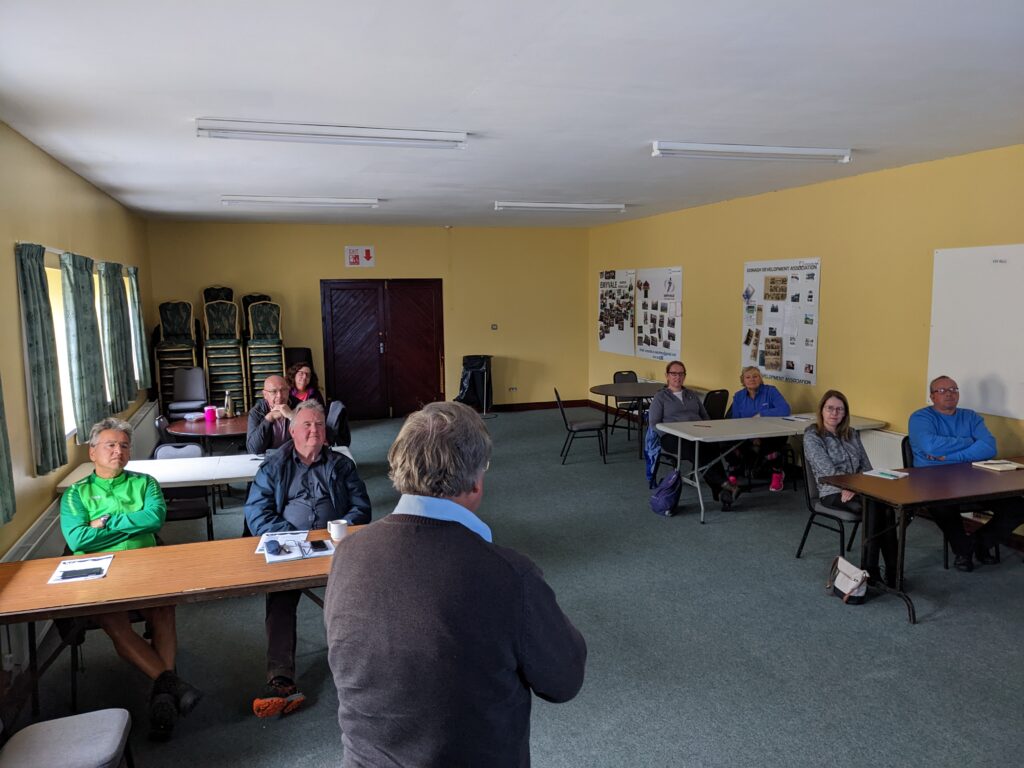
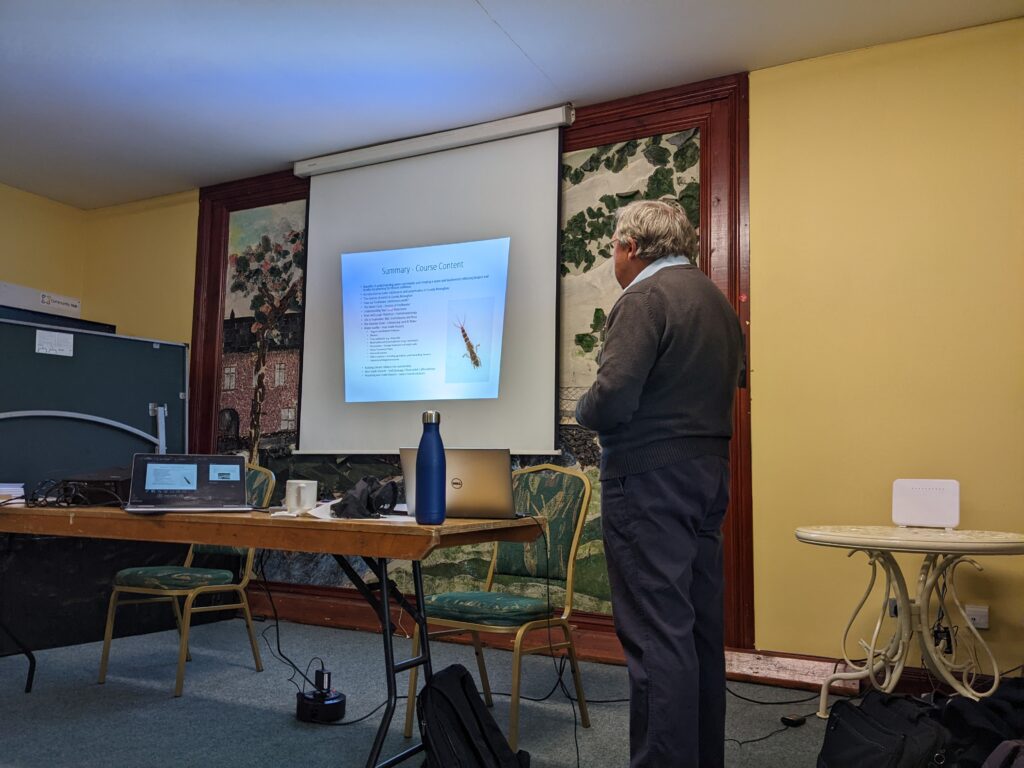
Martin introduced the group to freshwater ecology – food chains (primary producers aka plants, grazers, detritivores and top carnivores), aquatic plants (algae, mosses, grasses and flowering plants) and animals without backbones (invertebrates)
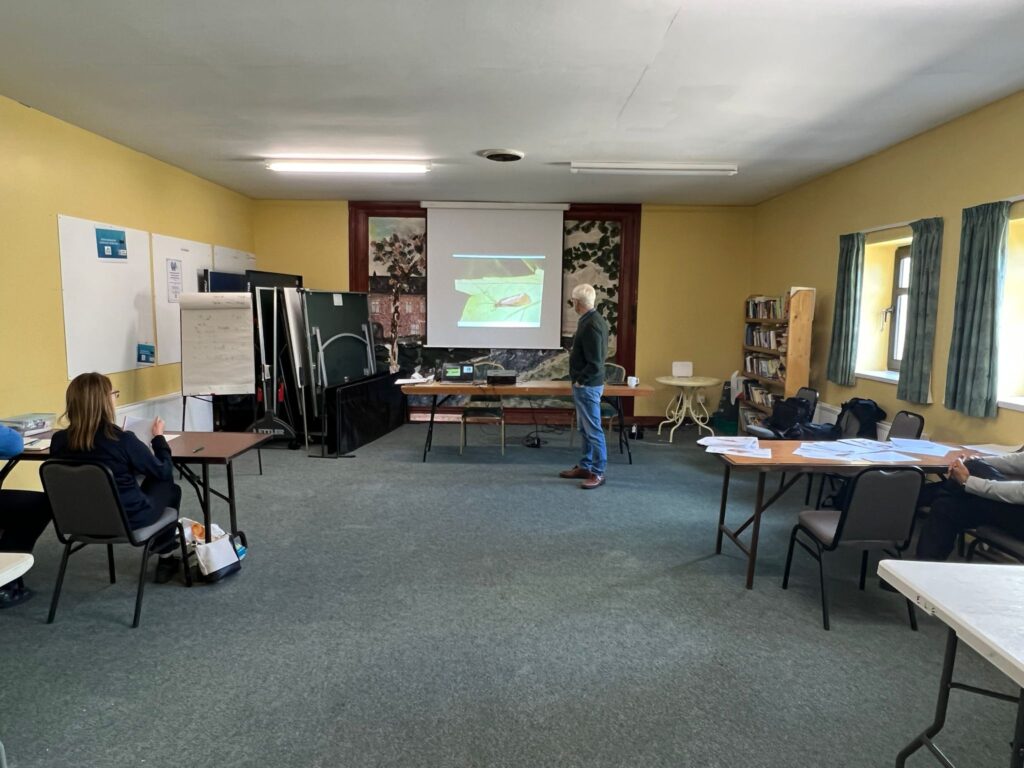
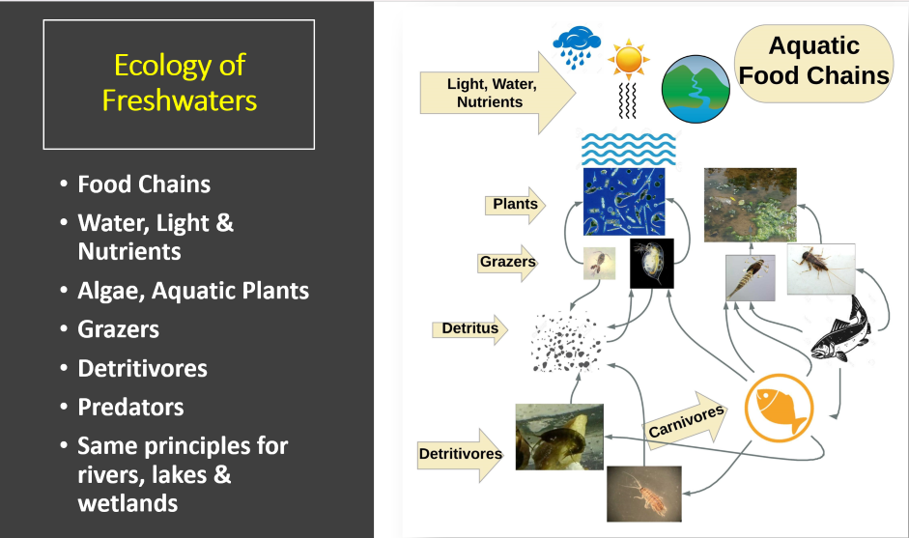
He then went on to show how we use the larger invertebrates or “macroinvertebrates” to tell us how clean or polluted a river is and introduced the Citizen Science Stream Index (CSSI).
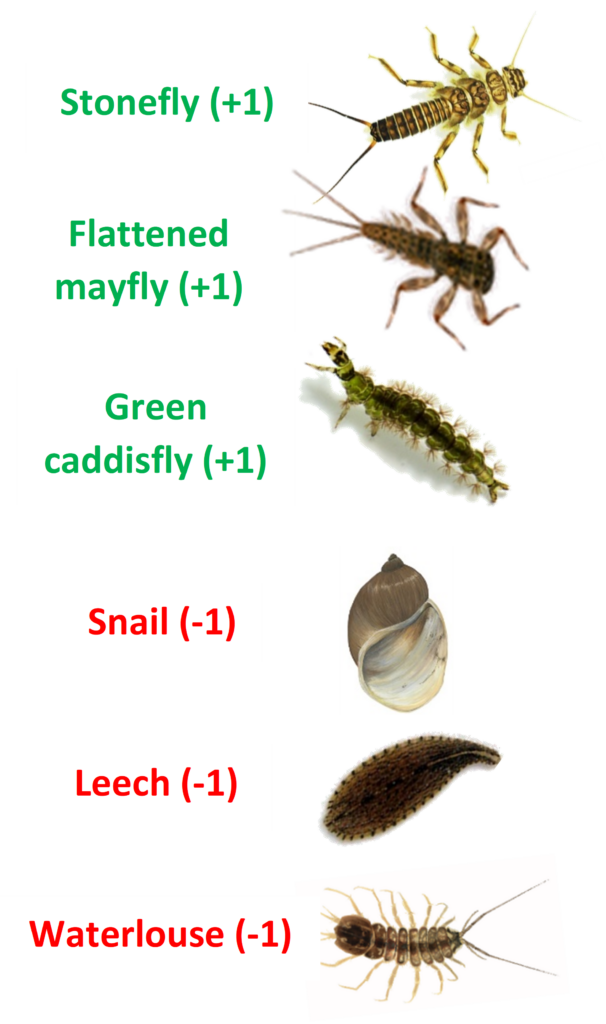
On Sunday 4th September 2022 the morning classroom session covered topics such as flooding and arterial drainage versus natural water retention measures.
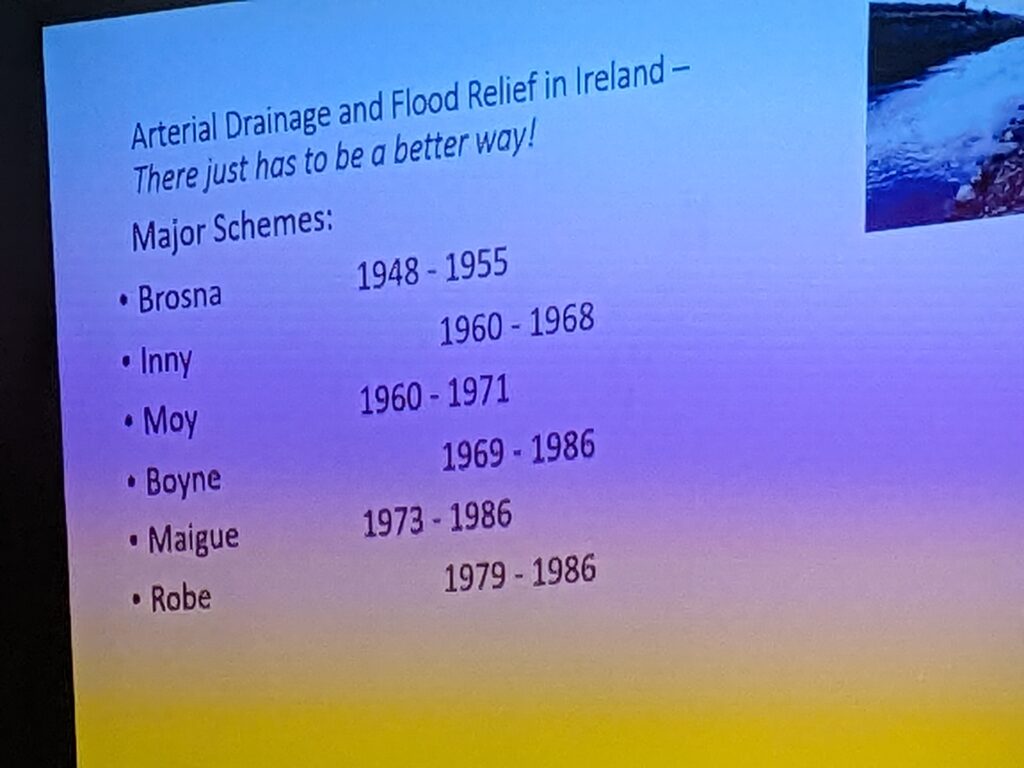
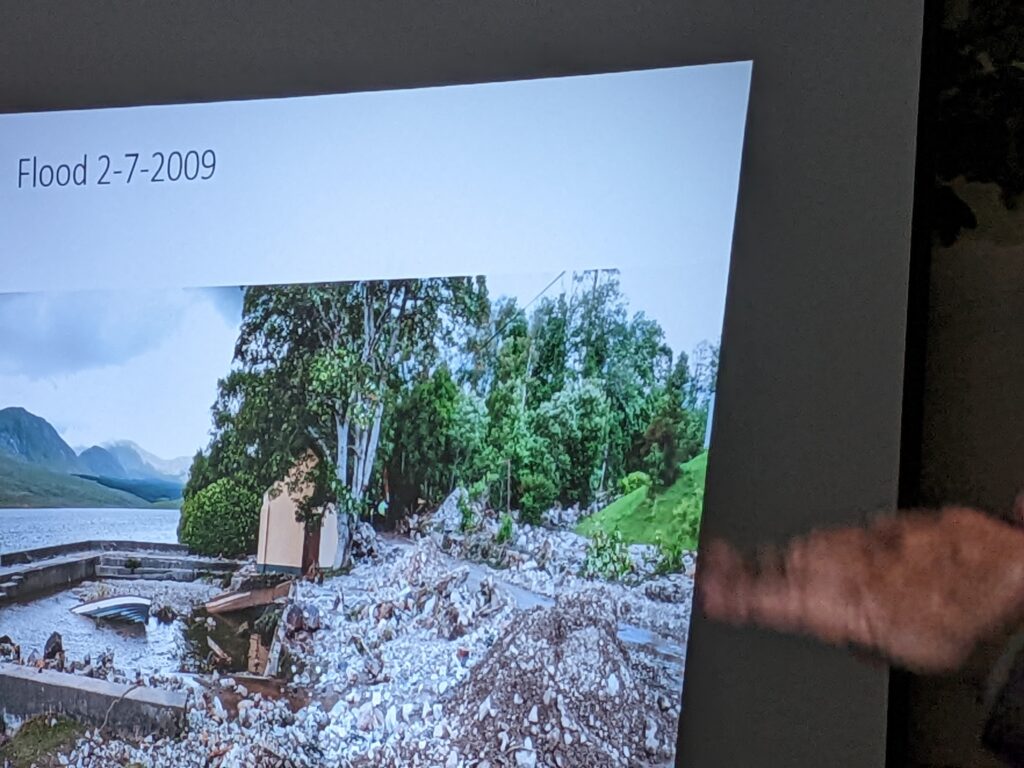
We then summarised the number and size of rivers and lakes in County Monaghan plus the priority action areas in Monaghan concentrating on those in North Monaghan – both those requiring improvement in quality and the ‘Blue Dot’ high quality water bodies that need protection. We showed participants where to find the latest water quality data for local rivers and lakes. River Q-Values are available on the EPA website.
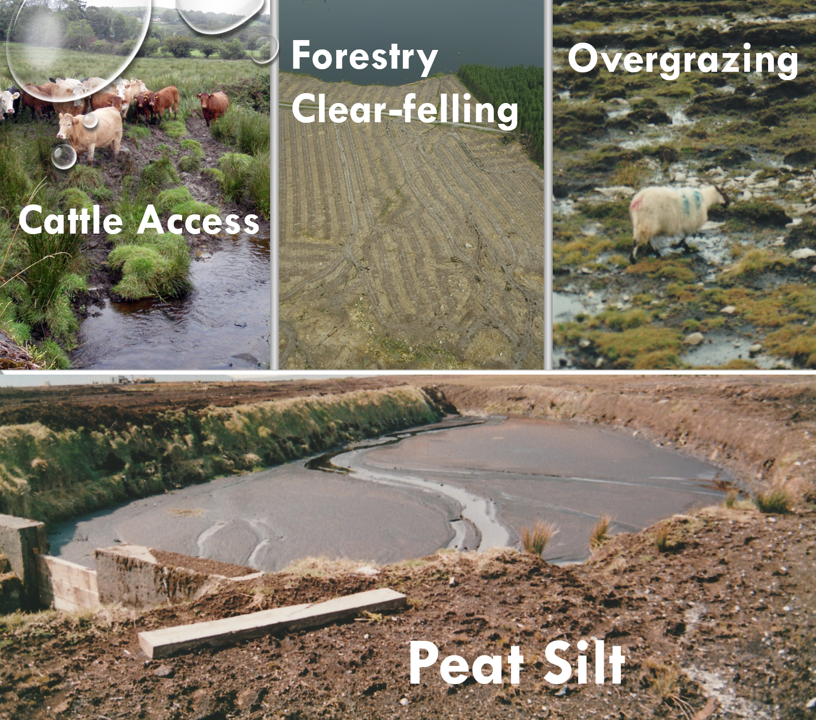
We described the different types of pressures on water bodies
- Organic Pollution
- Nutrient Pollution (Eutrophication)
- Physical Alterations
- Toxic Pollution
- Radioactive fallout & Acid Rain
- Climate change leading to overheating
We also broke these pressures down into point source (pipe discharges) and diffuse pollution sources (coming across the land).